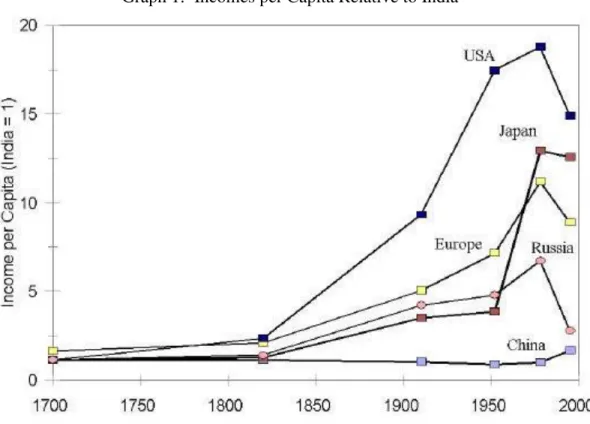Incentive theory for the transition from Atlantic slave plantations to firms and labor markets Steve De Castro
Texto
Imagem


Documentos relacionados
I consider four prototypical policy interventions: (i) reducing formal sector’s entry costs; (ii) reducing the payroll tax; (iii) increasing the cost of the extensive margin
In Table 7 , we investigate the effect of regional tariff changes on total labor market earnings in Columns 1 and 2, on employment rates in Columns 3 and 4, and on our index of
b) To analyse the practice in Brazil and Australia in the field of incentives to technology-based firms as a strategy to achieve knowledge-based economic development;.. c)
This article focuses on the Portuguese case to discuss the employment insertion of graduates. It starts by presenting a typology of professional situations with the purpose
Tabela n.º 22 - Testes de normalidade de Kolmogorov-Smirnov e Shapiro-Wilk para os estilos de comunicação e dimensões da motivação transformacional nas subamostras quanto aos anos
A few weeks after the 1936 coup, Metaxas’s programme was clear, ‘the old parliamentary system has vanished forever… with its 14th point indicating “the remodelling of society
Proboscia curvirostris (intermediate forms). A) Specimen with two-lobed secondary spine. C) Close-up view of the distal end of the specimen in A showing the longitudinal slit
Askanas and Engel introduced the term “hereditary inclusion body myopathies” (hIBM) in 1993 62 in or- der to specify hereditary muscle diseases with pa- thologic features